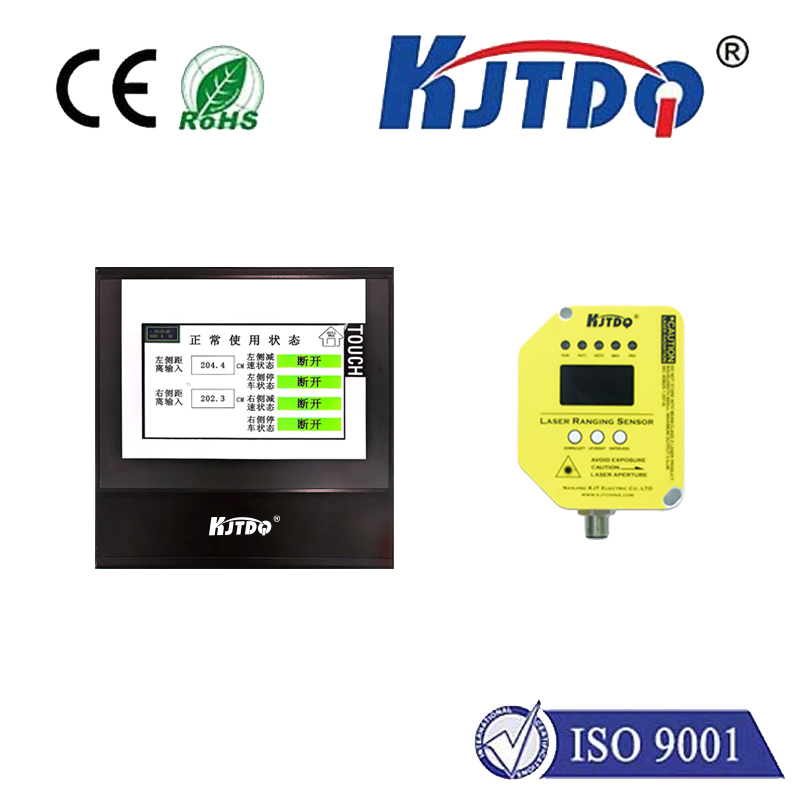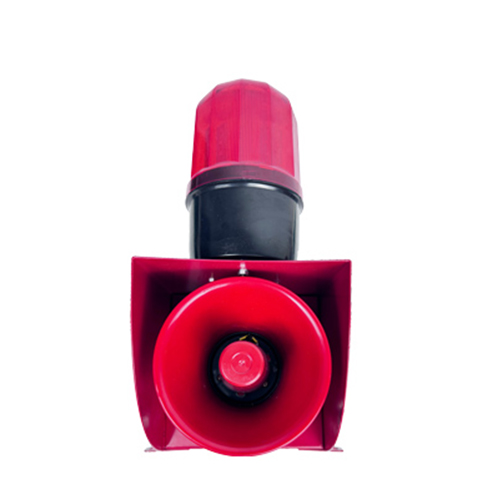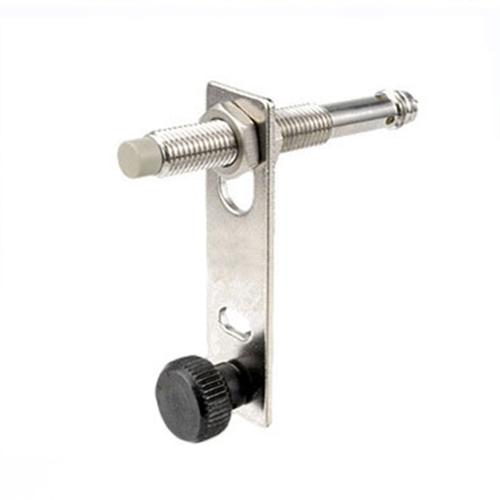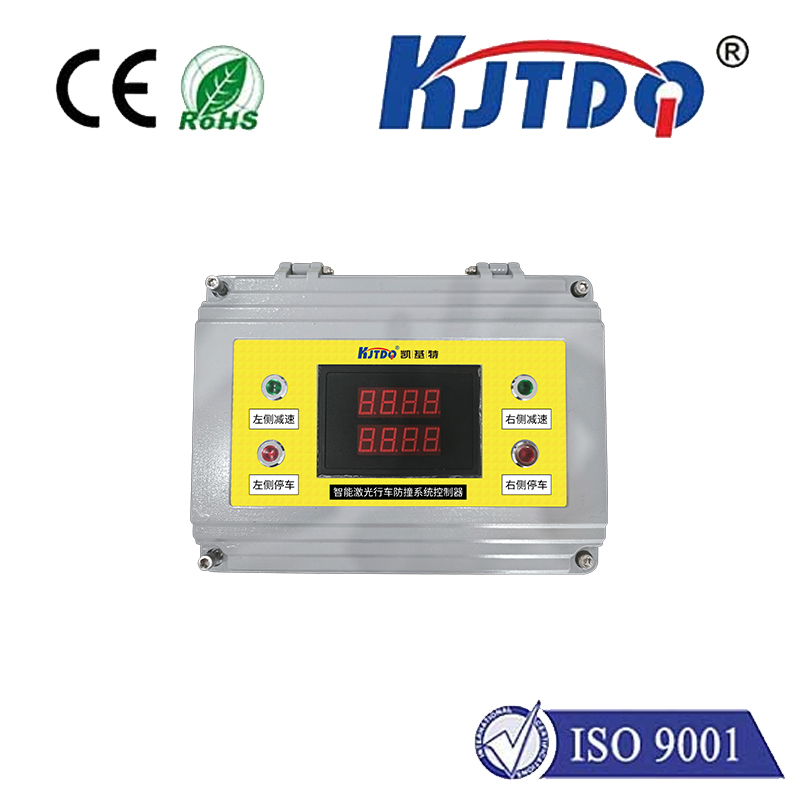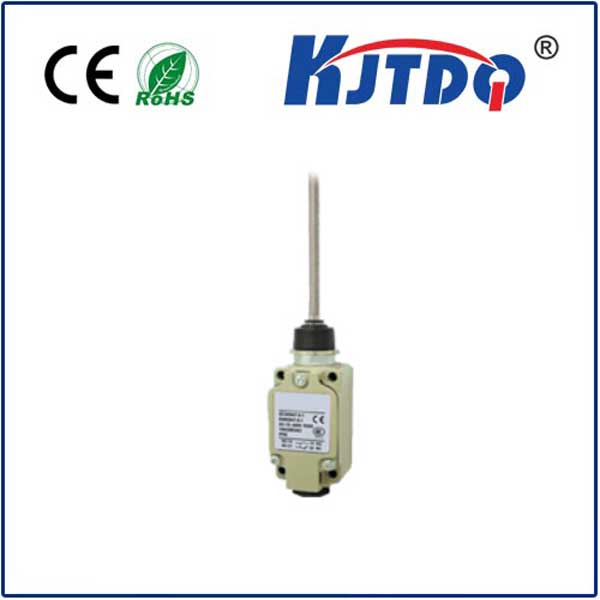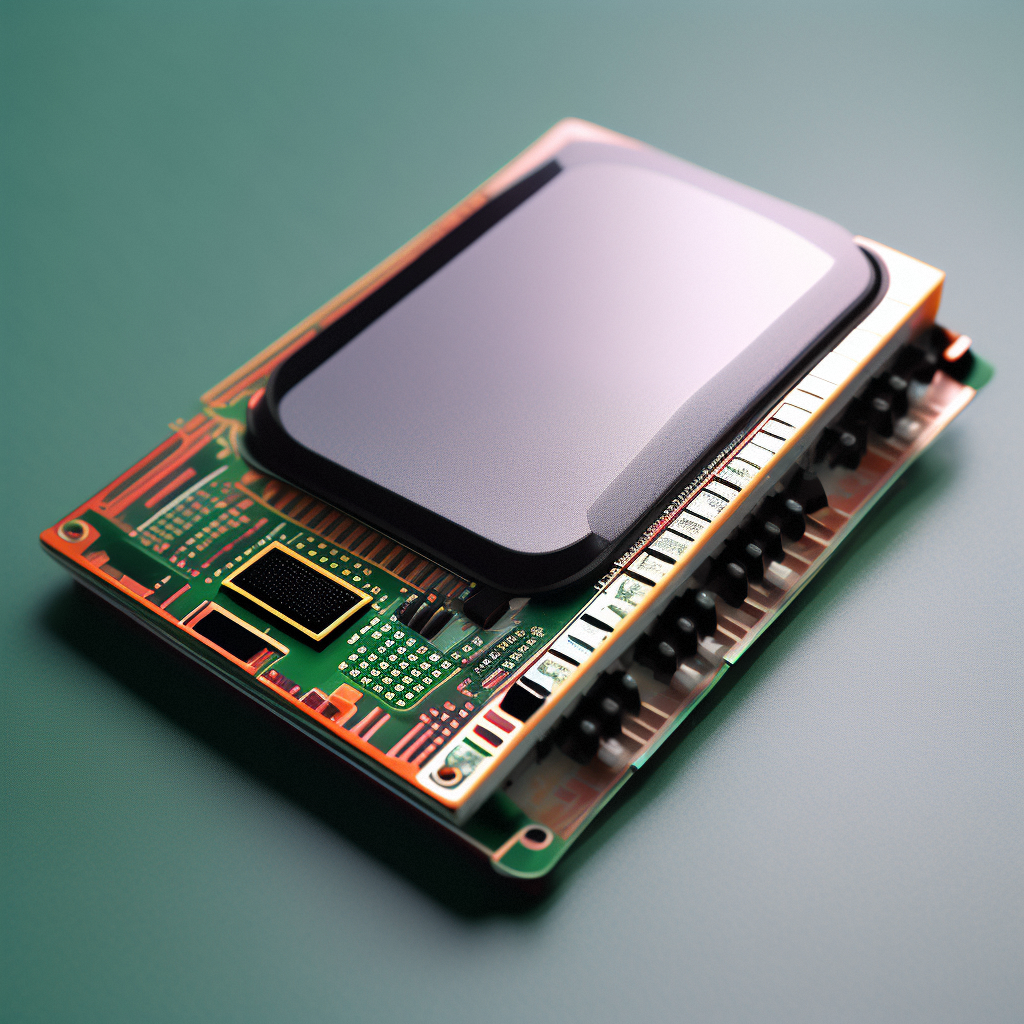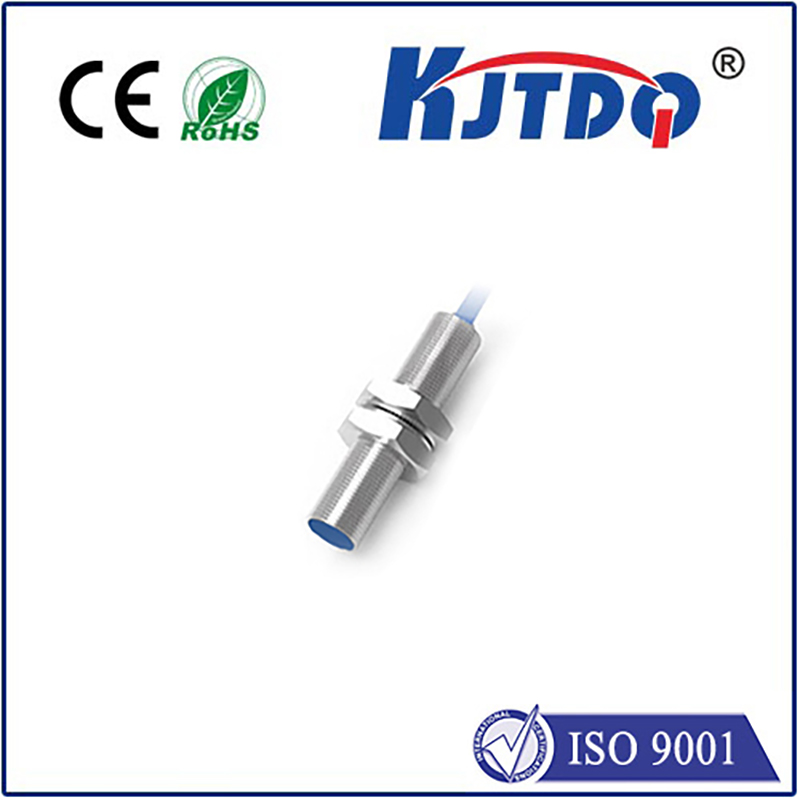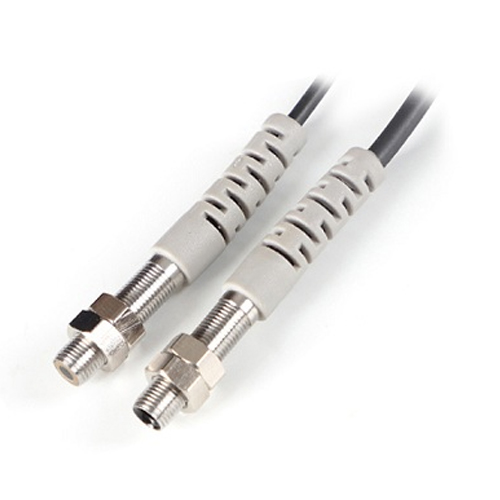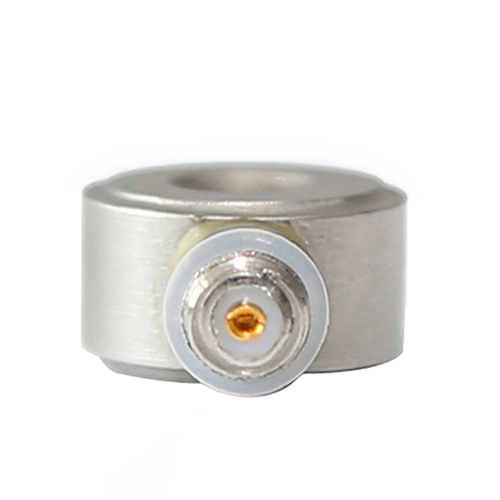ar3000 distance measurement sensor
- time:2025-08-27 14:31:08
- Click:0
AR3000 Distance Measurement Sensor: Precision Measurement Redefined for Modern Applications
Ever wondered how machines “see” distance with astonishing accuracy? How automated systems navigate complex environments, robots avoid collisions, or quality control ensures micrometer-perfect tolerances? The answer often lies in sophisticated sensing technology. Among the leaders pushing the boundaries of precision is the AR3000 Distance Measurement Sensor, a powerhouse of LiDAR technology redefining what’s possible in non-contact measurement.
Demystifying the AR3000: Core Technology and How It Works
At its heart, the AR3000 employs Time-of-Flight (ToF) principles. This elegant method involves emitting a pulse of invisible laser light towards a target. The sensor’s ultra-sensitive detector then captures the light beam the instant it reflects back. By precisely measuring the time difference between the emission and reception of that light pulse – and knowing the constant speed of light – the sensor calculates the distance to the target with remarkable accuracy. This all happens at lightning speed, thousands or even tens of thousands of times per second, generating a continuous stream of real-time distance data.
Unlike simple proximity sensors, the AR3000 is engineered for high precision and long-range capabilities, often operating reliably over several meters while achieving sub-millimeter or sub-centimeter resolution. Its focus on a single, precise point makes it ideal for applications demanding exact positional feedback rather than wide-area mapping.

Unlocking Potential: Key Applications of the AR3000 Sensor
The AR3000’s blend of accuracy, speed, and robustness makes it indispensable across diverse sectors:
- Industrial Automation & Robotics:
- Precision Positioning: Guiding robotic arms for pick-and-place operations, assembly, or machining with pinpoint accuracy, crucial for electronics manufacturing.
- Object Detection & Avoidance: Enabling safety systems and ensuring collision-free movement for Automated Guided Vehicles (AGVs), Autonomous Mobile Robots (AMRs), and collaborative robots (cobots).
- Level Monitoring & Control: Measuring fill levels in bins, silos, or tanks containing liquids, granules, or solids, even in challenging industrial environments.
- Web Guiding & Tension Control: Monitoring the position and slack of materials like paper, film, or textiles in converting and printing machinery.
- Logistics & Material Handling:
- Pallet Dimensioning & Volume Scanning: Accurately measuring the size and volume of parcels and pallets for optimized storage, transport planning, and billing.
- Conveyor Belt Monitoring: Detecting jams, verifying package presence, and ensuring smooth material flow.
- Warehouse Automation: Providing critical distance data for automated storage and retrieval systems (AS/RS) and forklift guidance.
- Construction & Civil Engineering:
- Deformation Monitoring: Tracking minute shifts or settlements in structures like bridges, dams, or buildings over time for safety assessments.
- As-Built Verification: Comparing constructed elements against design models for quality assurance.
- Excavation & Leveling: Providing real-time depth or height data for earthmoving equipment or grading systems.
- Research & Development:
- Laboratory Instrumentation: Integrating into test setups and experimental apparatus requiring non-contact distance feedback.
- Prototype Testing: Validating the performance and dimensional accuracy of new designs.
Implementation Essentials: Getting the Most from Your AR3000
Successfully deploying the AR3000 sensor hinges on understanding its setup:
- Mounting & Alignment: Securely mount the sensor to minimize vibration. Precise alignment towards the target object is critical for optimal performance and maximum range.
- Target Characteristics: The sensor performs best with high-reflectivity, opaque surfaces. Dark, shiny, or transparent targets might require specific settings or a reflector. Understanding the reflectivity of your target is key.
- Environmental Factors: While typically robust, performance can be influenced by heavy dust, fog, or extreme ambient light. Selecting models with appropriate IP ratings for dust/water resistance and ensuring adequate protection is vital for harsh conditions. Internal filtering algorithms help mitigate environmental noise.
- Interface & Configuration: The AR3000 usually offers various output options (analog voltage/current, digital RS232/RS422, Ethernet-based protocols like EtherNet/IP or PROFINET). Correctly configuring the output range, filtering parameters, and communication protocol via software is essential for seamless integration with PLCs, controllers, or data acquisition systems.
Why the AR3000 Stands Out: Key Advantages
Choosing the AR3000 distance measurement sensor brings significant benefits:
- Unmatched Precision & Resolution: Delivers highly accurate distance readings, essential for demanding measurement tasks.
- Long Range Capability: Capable of measuring over significant distances while maintaining accuracy.
- High Measurement Speed: Provides rapid data updates, enabling real-time control and monitoring of fast processes.
- Excellent Measurement Stability: Maintains consistent readings over time and varying environmental conditions, crucial for reliable operation.
- Compact & Robust Design: Engineered for durability and easy integration into space-constrained or demanding industrial settings.
- Non-Contact Operation: Eliminates wear-and-tear on both the sensor and the target object, ideal for delicate materials or continuous monitoring.
- *Versatility*: Adaptable to a wide range of applications and target types, often with configurable parameters.
The Future of Precision Sensing: AR3000 and Beyond
As industries push towards greater automation, efficiency, and data-driven decision-making, the demand for high-performance sensors like the AR3000 will only intensify. Future trends point towards sensors offering even higher resolutions, faster update rates, enhanced immunity to challenging environments (like direct sunlight or heavy contamination), tighter integration with Industrial Internet of Things (IIoT) frameworks for predictive maintenance and analytics, and potentially smaller form factors. The focus remains on delivering reliable, precise data that machines and systems can act upon autonomously.
The AR3000 Distance Measurement Sensor exemplifies the power of modern LiDAR ToF technology. Its ability to provide rapid, accurate, and robust distance feedback makes it a cornerstone technology for innovators across manufacturing, logistics, automation, and research, enabling smarter machines, safer operations, and unprecedented levels of precision. When millimeter accuracy or reliable long-range detection is non-negotiable, the AR3000 consistently delivers.






